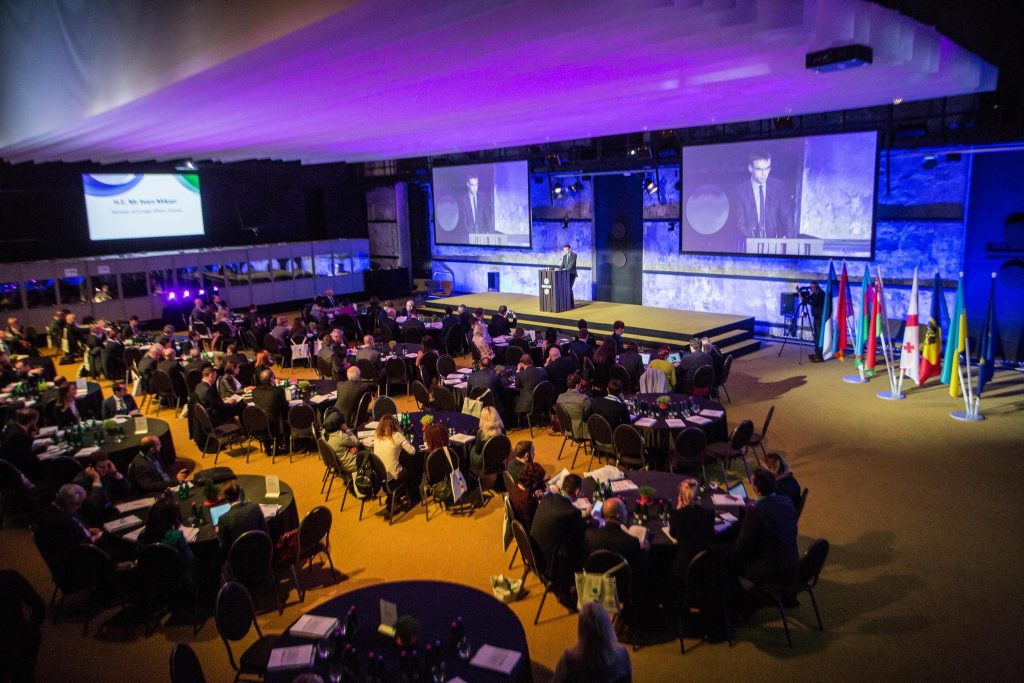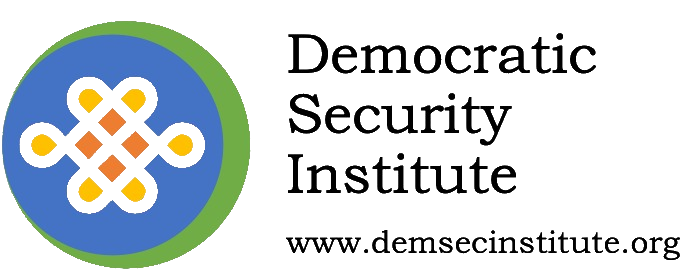by Michael Cecire
With November’s fifth Eastern Partnership (Eap) summit in Brussels looming, the once-ambitious EU platform looks to be taking a back-to-basics approach towards its eastern neighbors. Launched in 2009 as a mechanism of calibrating the European aspirations — latent or overt — of Armenia Azerbaijan, Belarus, Georgia, Moldova, and Ukraine, the EaP has seen its star fade over the years as the conceptual frontiers of realistic integration were truncated as European appetites for expansion waned. It was almost as though breakthroughs by EaP states inversely (and adversely) impacted the platform’s sense of mission and ambition. Georgia, Ukraine, and Moldova inked Association Agreements (AA) and signed onto the EU’s Deep and Comprehensive Free Trade Area (DCFTA), while also winning visa liberalization agreements. Yet beyond that, opportunities for more advanced integration appear to be on hold indefinitely, if not out of the question altogether. For the other EaP states, even the AA and DCFTA may be a bridge too far.

With the long term mission in doubt, November’s summit is being sold as a cooperative platform for reform — good governance, economic development, connectivity, and the like. However, with incentives in short supply, it’s unclear just how this new iteration of the EaP agenda will translate into legislation and policy reforms among the EaP members. Without new “carrots” on offer — short term incentives, but also bigger ticket items like long coveted European Union membership perspectives — cajoling national governments to embark on further rounds of drawn out, sometimes unpopular, and often painful reform processes is a tall order. Yet, it would be too much to call EaP a failure, given its metrics of success to date. Three of the six EaP states — Georgia, Ukraine, and Moldova — have achieved unambiguously advanced levels of political and economic integration with the European Union through the AA, DCFTA, and visa liberalization mechanisms. A fourth, Armenia, was once on the verge of traveling the same path before Russian strategic prodding (some might call it blackmail) got in the way. Instead, the EU and Armenia are looking to sign a new Comprehensive and Enhanced Partnership Agreement, which falls well short of the substantial issues contained in the AA and DCFTA, but represents a strong declaration of Armenia’s European affiliations, and will serve as a good foundation for any future integration efforts. Even Azerbaijan and Belarus, which have both regarded the EaP project with greater caution, are sending positivesignals. If anything, an optimistic reading of the EaP suggests that the project may have become a victim of its own success. With half the EaP members having achieved advanced integration with the EU, and hope that the other three may yet find means of partnership with Brussels, it is hard to say exactly what more the EaP process might offer at this point. However, even if the EaP has been successful in meaningful ways, it might be too much to call it an unqualified success, either. Of the six states, Georgia, Ukraine, and Moldova have made appreciable strides since 2009 in strengthening the state, developing political processes, fortifying the rule of law, and combating corruption. But even Georgia, which has been a regional leader, is seeing evidence of stagnation and perhaps even some regression in the quality of its democratic processes. Ukraine continues to muddle through, though the specter of pervasive corruption casts a pall even over the country’s successes amid an active hot war with Russia-backed separatists. Moldova, too, has yet to achieve escape velocity from the grip of political corruption. The situation is widely regarded as even more dire in Armenia, and especially Azerbaijan and Belarus.
“Conditionality should be wielded a mechanism for illuminating the organic benefits of reforms, and not framed as the prize itself.”
Without an ambitious program and well-crafted, conditional incentives, it is difficult to see how much more the EaP can achieve in the Eastern Neighborhood. For some of the governments, where Euro-Atlantic integration is a principle sewn into the national political culture (primarily Georgia, and Ukraine and Moldova to lesser extents), some measure of reform may continue on its own power, but the point of diminishing returns has long passed. In the absence of a fresh, bold regional agenda, reform is likely to peter out. The EU’s response to this prospect has been to counter that states should adopt reforms on their own merits, and not because of they are seen as tethered to other integration processes. This is, of course, true, but it is also unrealistic. For one, Western technocrats have rarely defined or explained in concrete terms why key democratic reforms should be undertaken as a matter of stability, security, or economic development — except perhaps in passing. By contrast, linked policy incentives have, by far, dominated regional discourses about reform and integration. While it’s undeniable that much more needs to be done in this regard, the organic case for reform should develop in parallel to, and grow out of, conditional processes — not as a substitute in the absence of European political will. Euro-Atlantic states do not have all the answers, but they do have greater experience with democracy, and the socio-economic clout to amplify their message. Crafting policy incentives for the Eastern Neighborhood need not be a matter of rewarding local reform processes with policy trinkets or merit badges for “Westernness.” Instead, conditionality should be wielded a mechanism for illuminating the organic benefits of reforms, and not framed as the prize itself.
Michael Hikari Cecire is an EDSN project leader, an International Security Fellow at New America, and a fellow at the Foreign Policy Research Institute.

